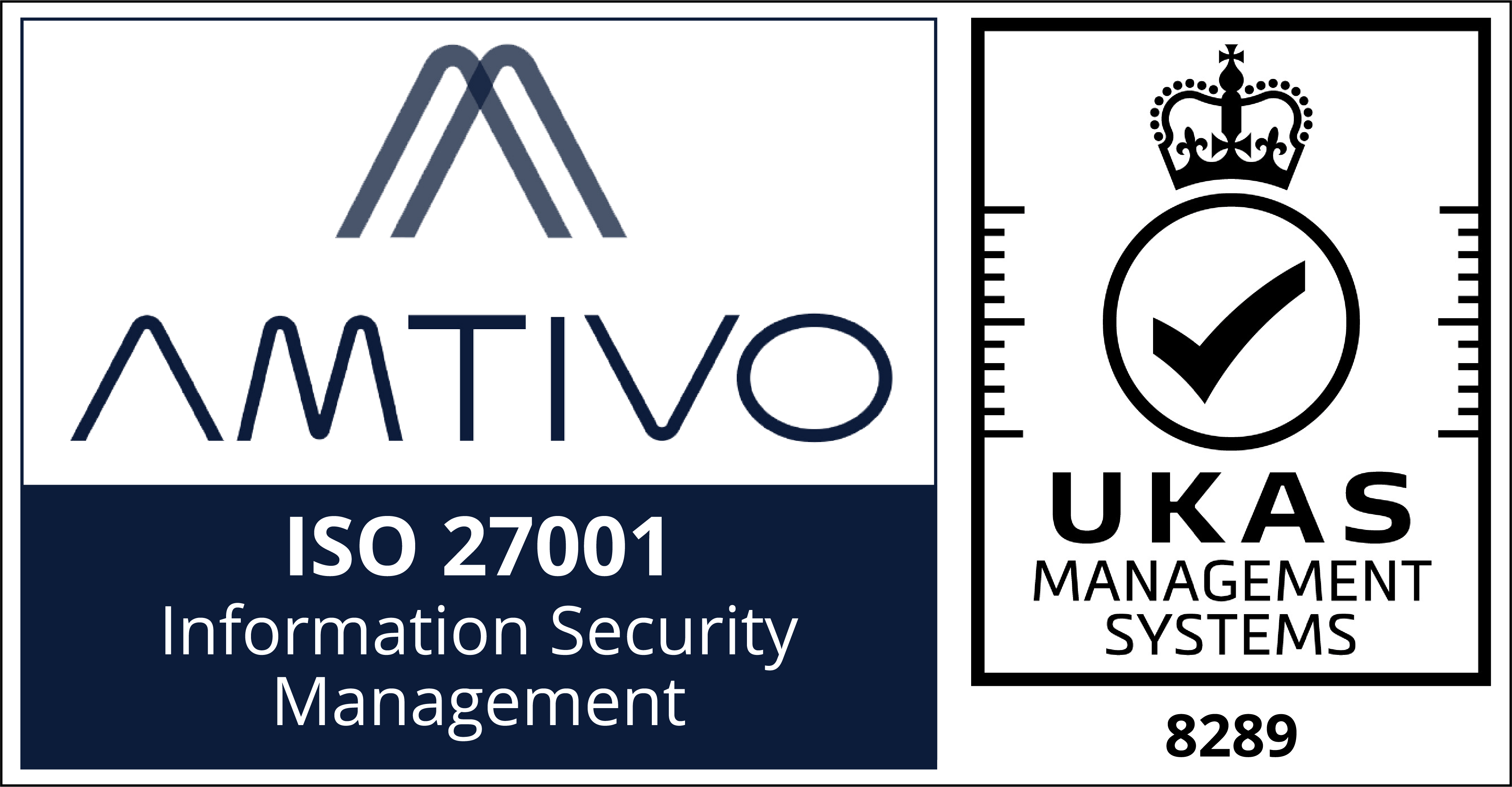
How Companies Are Going Digital
Posted On Oct 20, 2022
Overview
Today’s tight business competition has created a new
management culture model in the company. One example is the
digitalization of the company’s work process.
The development of the use of technology in the company
will certainly help the implementation of a more complete
information system. According to data from McKinsey &
Company in March 2019, the purpose of implementing corporate
digitalization is to optimize the work process of each line
and division. One of the implementations of digitalization
in the company is the use of human resource information
systems or commonly known as HRIS.
HRIS is a computer/cloud database application program to
address the complexity of a company’s HR (Human Resources)
administration management. HRIS aims to optimize the company
administration to be measurable and well-organized.
The company will gain two benefits with HRIS
implementation. Firstly, The HR team can obtain the record
attendance information and eliminate the habit of using
paper as an evidence file. Secondly, the HR team will
quickly deliver actual reports on employee activity to both
the management and finance divisions. This effort will
impact the accuracy of employee salaries analysis or
punishment. In achieving those benefits, The company should
begin by implementing the right strategy in digitizing HR
administration. The initiative can commence by building a
digital workplace culture and growing employee competency.
Nonetheless, some companies are also not ready for this
transition. Some owners are less convinced by the system’s
effectiveness and investment in digitizing the Human
Resources Administration. Thus, What is the importance of
using HRIS? And what should the company consider in
selecting a HRIS?
In this paper, we will discuss the implementation of HRIS
and its support for employee productivity.











